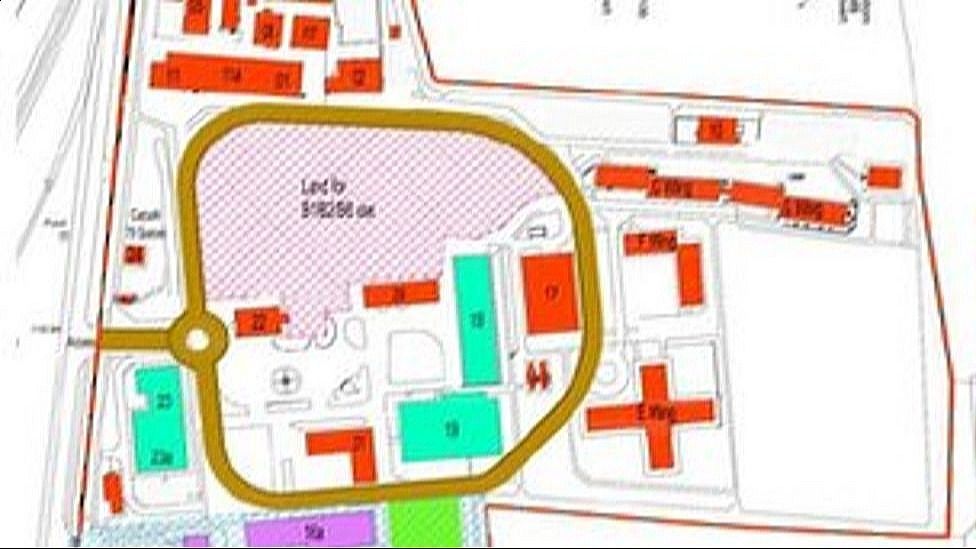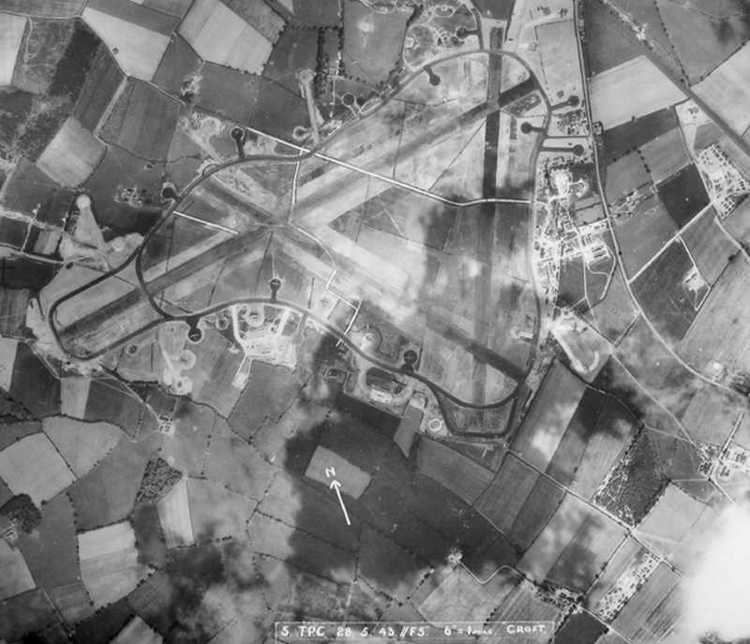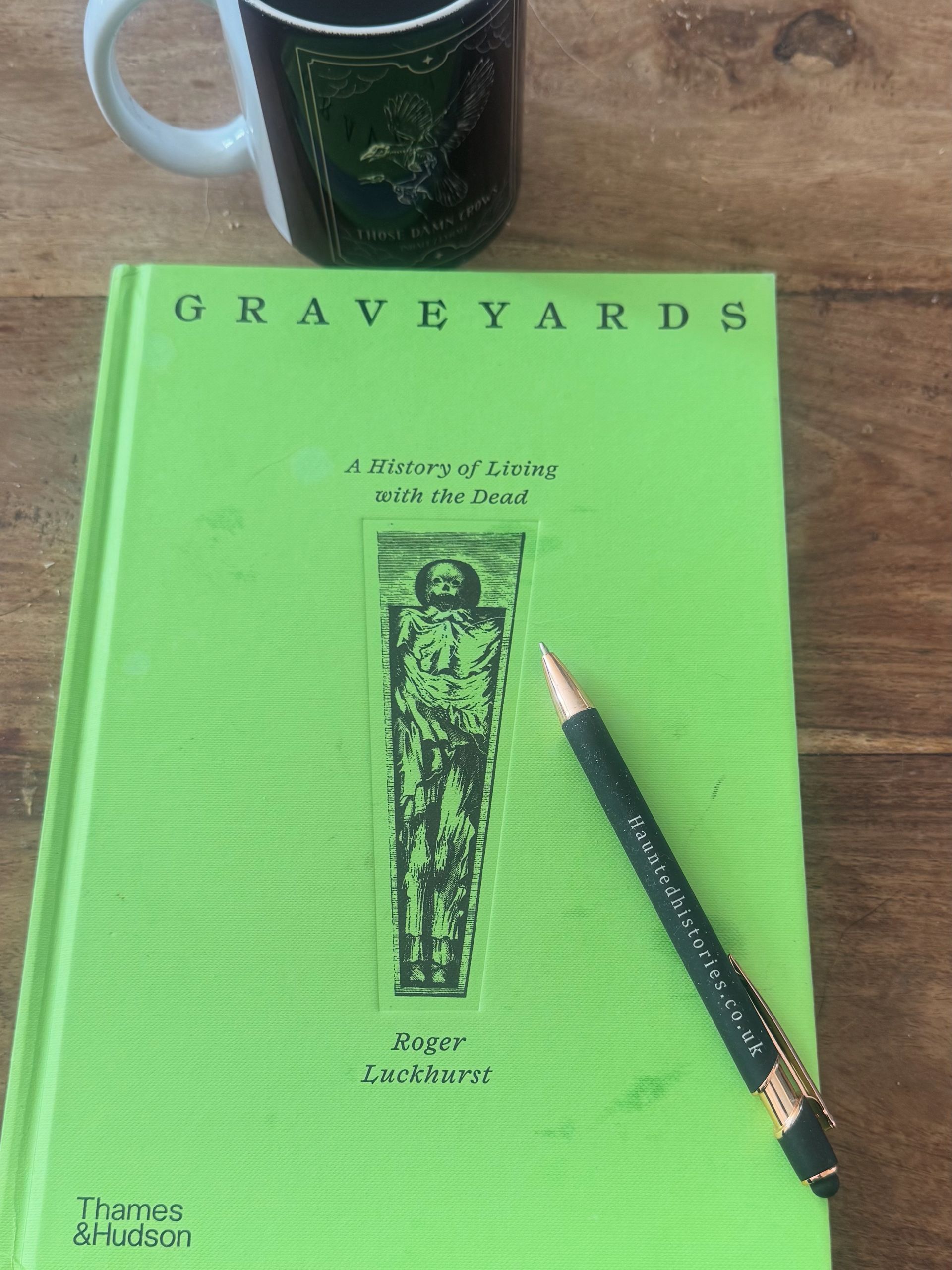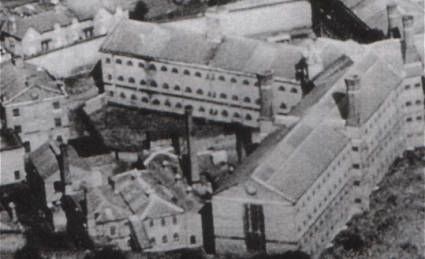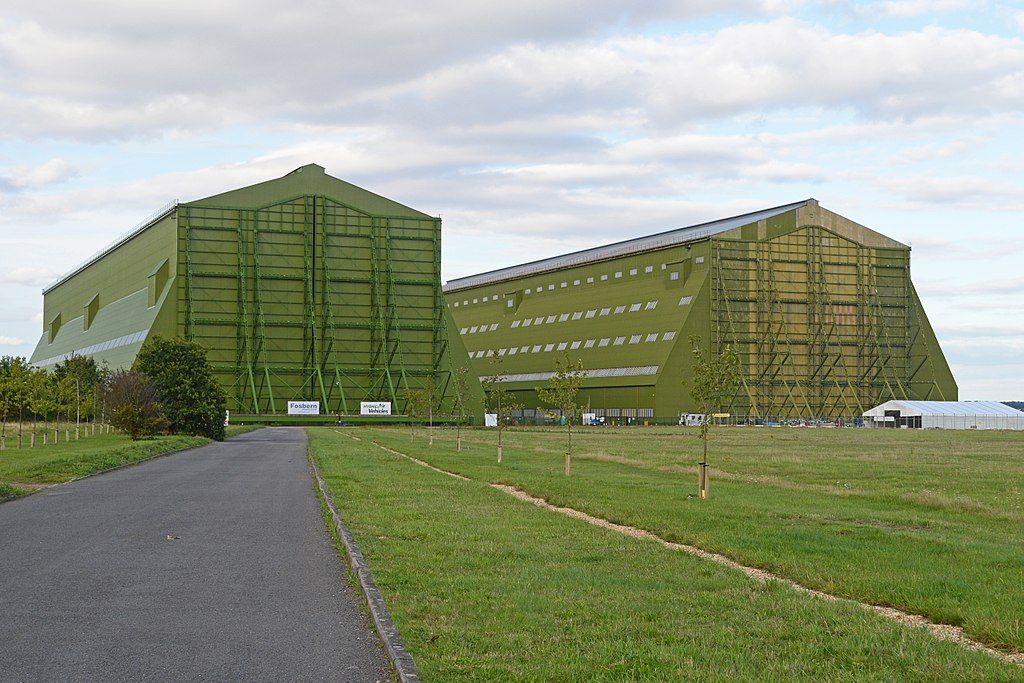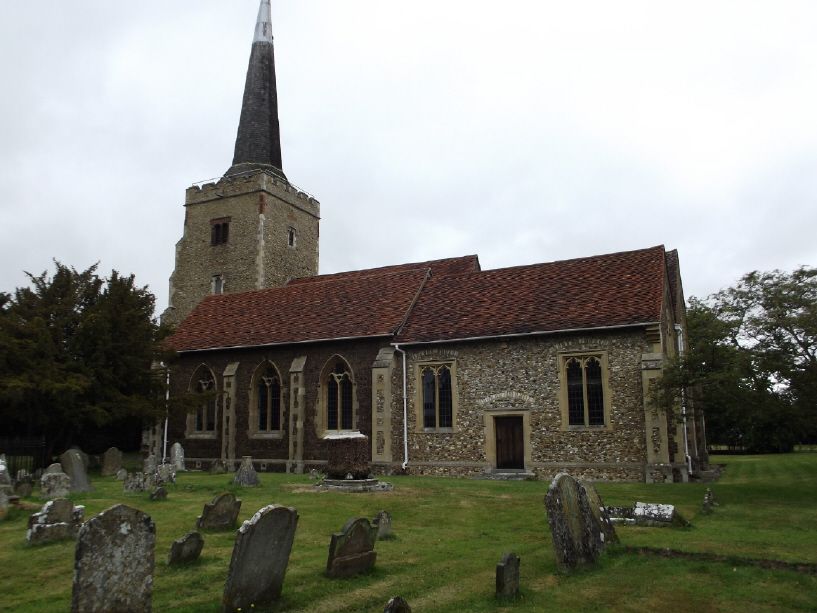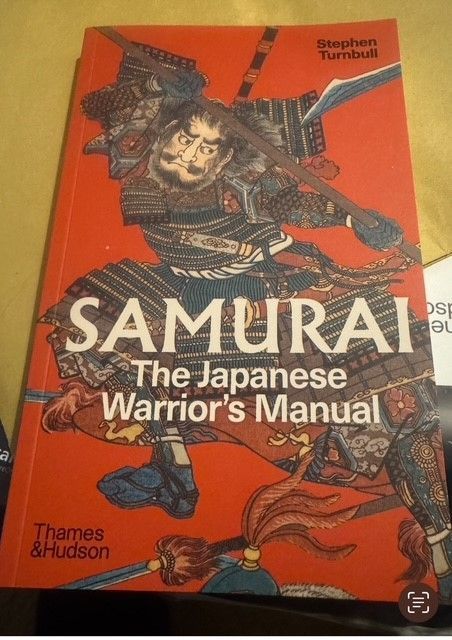The Industrial school
Off one of the main(ish) roads in Chelmsford is a little side street full of very modern houses, just a stones throw from the city centre, and a place I tend to park at weekends when going to the gym. I was there recently and I noticed the stone in the picture and decided to have a look to find out what it was.
It reads “The Essex Industrial School and home for destitute boys” and the date at the bottom, AD 1878.
Obviously with my interest in Victorian social history I wanted to know more, and although I had heard of Industrial Schools I decided to delve and find out what these places were, who did they cater for and why did they exist (and is there a modern equivalent)
These type of establishments were founded after the Industrial Schools Act of 1857 which enabled Magistrates to send children (invariably boys) between the ages of 7 and 14 to these boarding schools to combat juvenile delinquency. They were very different from reformatories which were more of a penal facility, and catered for those lower end crimes such as begging and something which we would not see as being illegal, homelessness. The theory behind it was to teach these youngsters to be industrious and to therefore save them from a potential life of crime.
Initially the cost of funding these places – many were residential, day schools were not as common – was meant to be the responsibility of the parent of the child who was being sent there, this was not always possible however as many came from destitute families (hence the need to steal) or were homeless or worse, already orphaned. If a child was in the workhouse they could be sent to an Industrial School by a magistrate if it was felt they were unruly, if a parent felt they could not control their child they could apply to have them committed as well.
Whilst there are accounts of mistreatment, and many diaries saying how hard they were (one child reported having to work for over eighty hours a week), many children did go on to avoid being brought up in front of the beak again. The days were certainly regimented, Monday to Friday they would rise between 5.30 am and 6am, there would be prayers, breakfast, and the rest of the day until early evening (with time out for dinner and supper) would be a mixture of schooling and industrial training/work. The boys would invariably be learning tailoring skills, shoemaking and even carpentry.
When the new school reopened in 1879 ( it had outgrown its previous site on the other side of Chelmsford), it catered for one hundred and fifty boys, had its own gardens which the students would tend to provide vegetables both for their meals but also to sell at the local market to produce extra revenue. Whilst the work was not easy, the boys had luxuries (for the time) of a library with games as well to play when it was wet, gifts from locals who admired the school and even a swimming pool!
A quick glance at the newspapers of the time shows that some of the graduates of the school emigrated to places like Canada, New Zealand and Australia, and seemed to make lives for themselves. Looking through the various census records from 1881 and 1891, you do see how far these children came from originally, all parts of Essex and London, but it is heart-breaking when you see “unknown” for their place of birth, makes you hope that they found some kind of roots. Or the case of William Tudor, aged 10 in 1881, made a career for himself as a tailor and married in 1900.
There is so many stories to discover before the school changed in 1933 to an Approved school (an amalgamation of industrial and reformatory schools) and then finally closed in 1980.
Essex Records Office holds a lot of information relating to our school just off Rainsford Road (http://www.essexrecordofficeblog.co.uk/tag/essex-industrial-school/) and if you want to learn more, check out Peter Higginbotham’s brilliant site www.childrenshomes.org.uk.
